Brief About Shrikhand Mahadev Trek
The Shrikhand Mahadev trek is a thrilling and challenging adventure for trekkers located in the Indian Himalayan range. The highest point of the trek is 18,570 feet and offers some of the most beautiful natural views along the way. The base camp of the trek is located at Jaon Village which can be reached by driving from the nearest railway station at Shimla. During the trek, trekkers will pass through picturesque villages, settlements, and natural attractions such as Singhad Village, Thachru and Nayan Sarovar Lake.
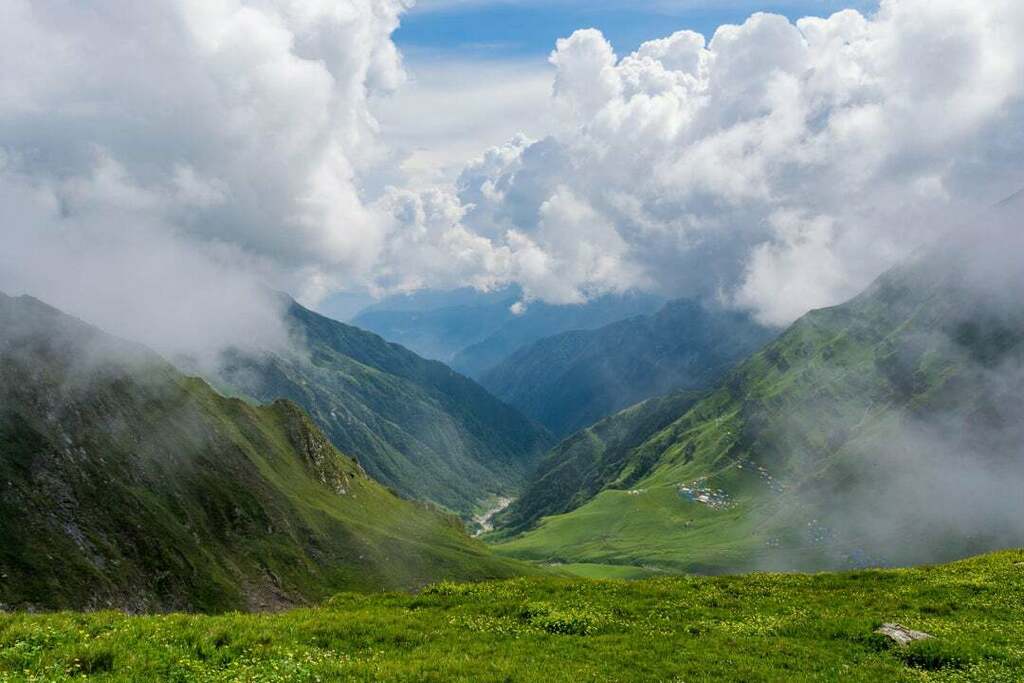
The main attraction of the Shrikhand Mahadev trek is the Shrikhand Mahadev Peak, where trekkers can witness a massive 75-foot tall and 46-foot thick Shiv-Ling that depicts the face of Lord Shiva. This incredible sight can be enjoyed during the best time to trek, between the full moon day in July and August, when the weather is perfect for the beautiful route.
Ideal Number of Days for the Visit: 5-6 days
Trek Distance: 32 Km
Trek Altitude: 18,570 Feet
Nearest Railway Station: Shimla Station
Nearest Airport: (Kullu – Manali) Bhuntar Airport, Himachal Pradesh
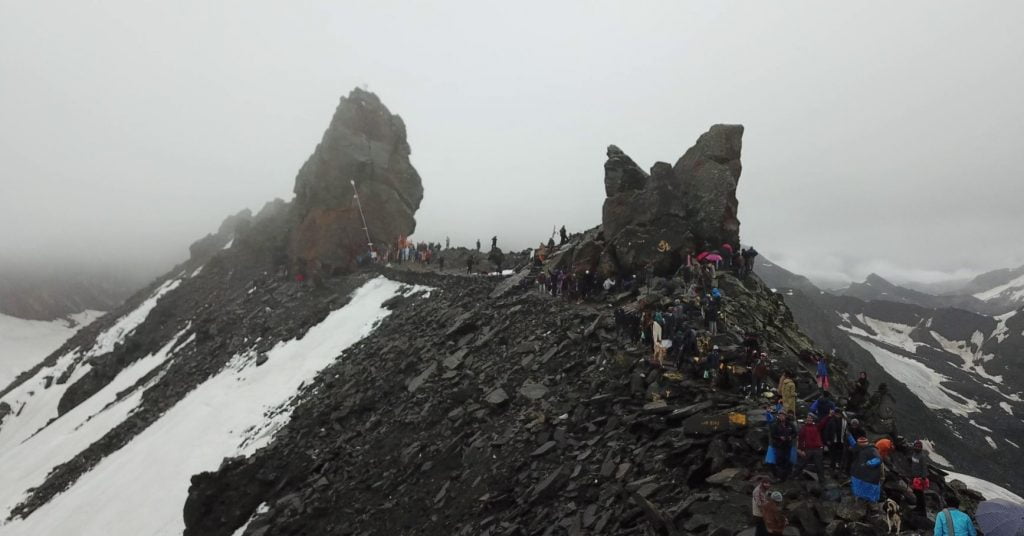
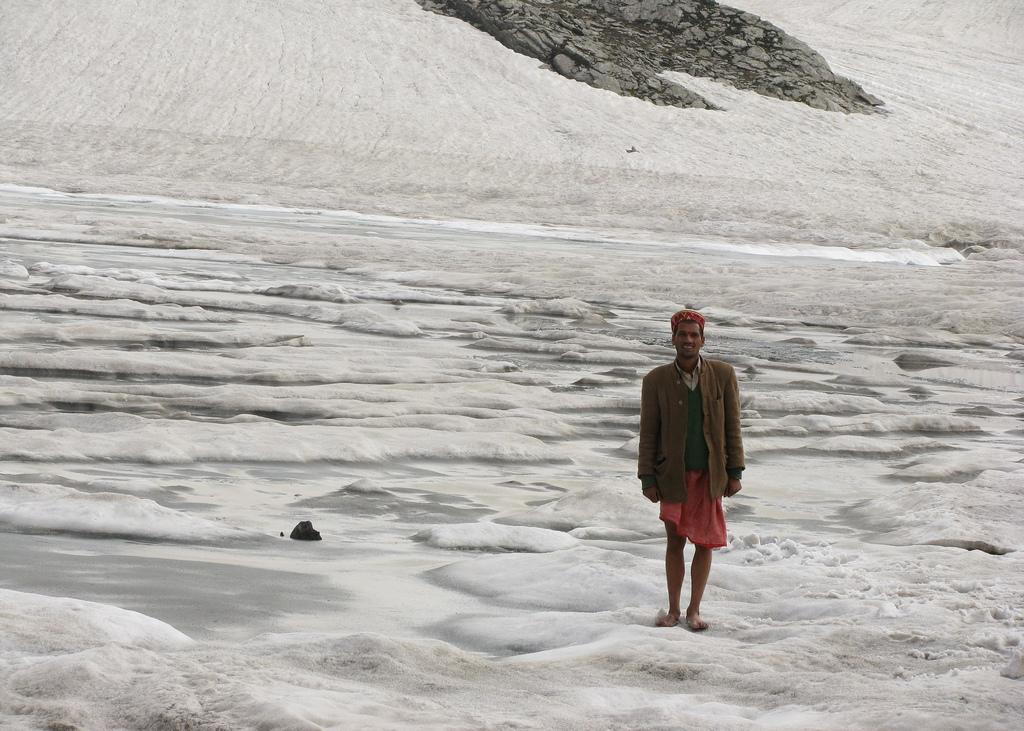
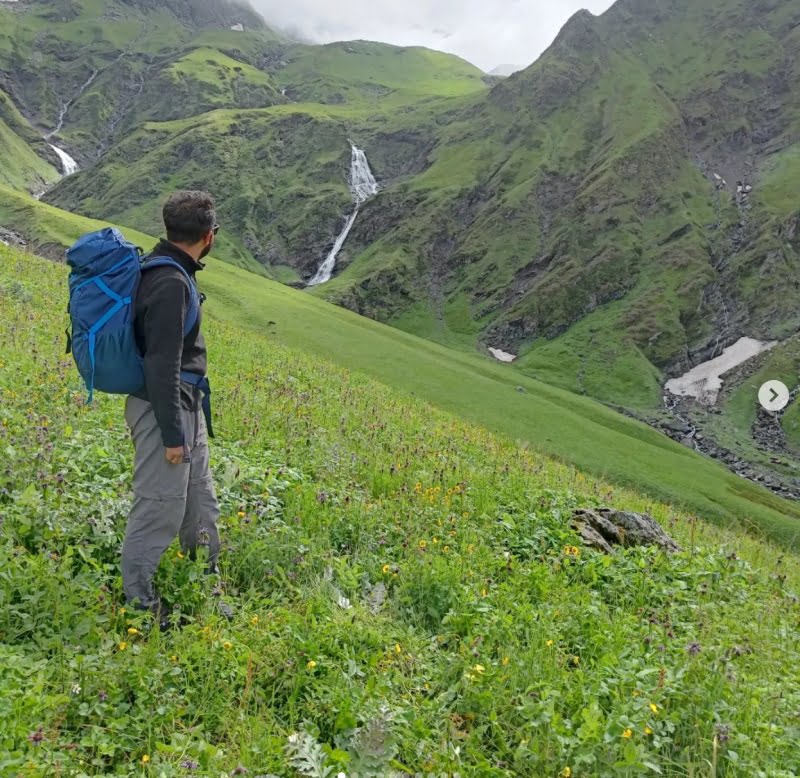
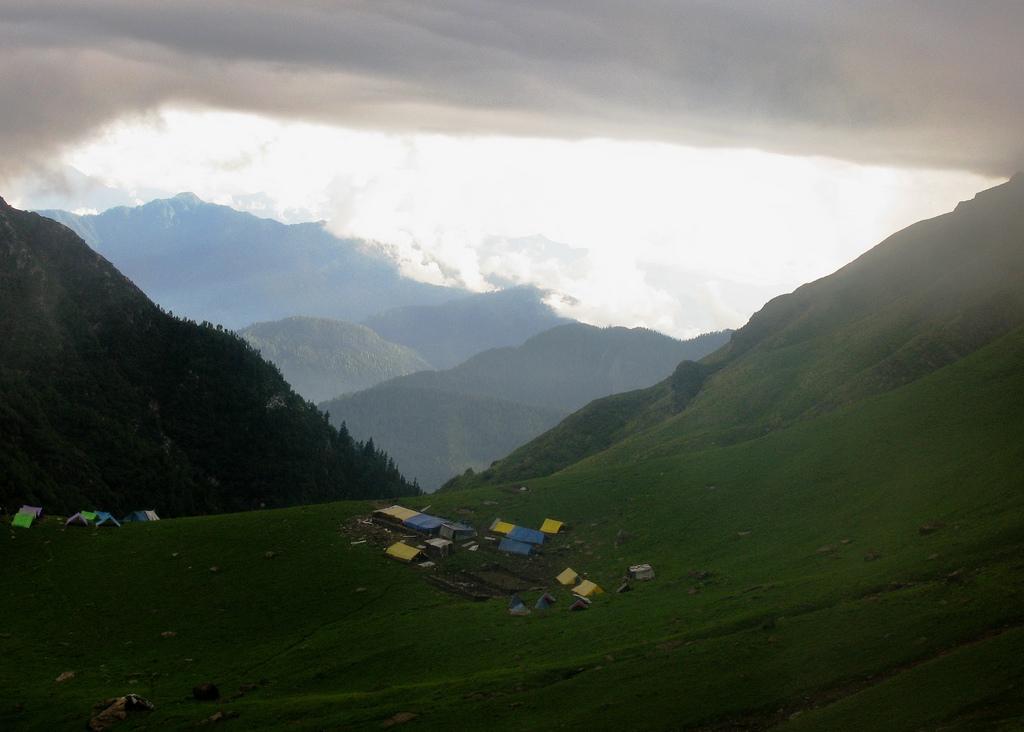
Table of Contents
What is the best time to visit Shrikhand Mahadev Trek?
The best time to visit the Shrikhand Mahadev trek is from July to August, which is also the peak time for pilgrims visiting the area. The route is only open during these months due to extreme weather conditions on the Shrikhand peak. This time of year offers the perfect weather for trekkers to enjoy the beautiful route and reach the main attraction.
How to reach the Starting Point of Trek?
To reach the base camp of the Shrikhand Mahadev trek, you will have to drive from Shimla towards Rampur and cross the Satluj River to enter the Niramand region of the Kullu district and continue to Jaon Village. The entire trek can be completed in 5 to 6 days, including 3 days of trekking, and can be done as a round trip from Delhi. The journey offers scenic drives and breathtaking natural views along the way.
Availability of Public Transport and Taxis
Frequent cabs and buses are available in the region, providing easy and convenient access to the trekking base camp and surrounding areas. This makes it simple for travelers to plan their trip and enjoy their journey to the fullest.
Availability of Accommodations & Food near the Trek
Plenty of options are available for travelers visiting the Shrikhand Mahadev trek, including free stays in Nirmand, Jauns, and Sinhagad. Langar arrangements have also been made in Nirmand, Jaano, Sinhagad, Thachadu, and Bhim Duari. In Thachdu and Bhima Duari, anchored accommodation is provided on a first come first serve basis, while Parvati Bagh is kept as an emergency option for the elderly and late-arriving travelers, with private tents and food available at a cost of 1000 rupees. These accommodations options allow travelers to comfortably plan their journey and enjoy the scenic beauty of the trek.
The locals in the area offer fresh food options at affordable prices. The hermit at the “Langar Sthal” provides free food and accommodation to all trekkers and pilgrims, making it a convenient and budget-friendly option for travelers.

Difficulty Level of Shrikhand Mahadev Trek
The Shrikhand Mahadev trek is a challenging adventure, with steep slopes and rough glacier land in a rocky region with a moraine path. The trekkers may experience harsh and cold weather conditions in higher altitudes, especially after crossing the Nayan Sarovar Lake, so it’s important to adjust to the weather fluctuations and avoid any physical discomfort. Alcohol and other intoxicants should not be consumed before or during the trek. It’s recommended to have a moderate to high level of trekking experience before attempting this trek due to the difficult slopes and challenging terrain.
Physical & Mental Preparation Required for Trek
Please carry the essential items to ensure a comfortable and safe trek. Essential items include warm clothes, a water bottle, a backpack with waterproof linings, fleece jackets and thermals, hiking shoes, and identity card.
For footwear, trekking shoes with a good grip are necessary due to the slippery patches on the trail. A 40-60 litre backpack with sturdy straps and a supporting frame, along with a rain cover, is also important.
Clothing items include at least three warm layers, such as fleece and woolen, a padded jacket, two trek pants, two collared t-shirts, and optional thermals for those more susceptible to cold.



